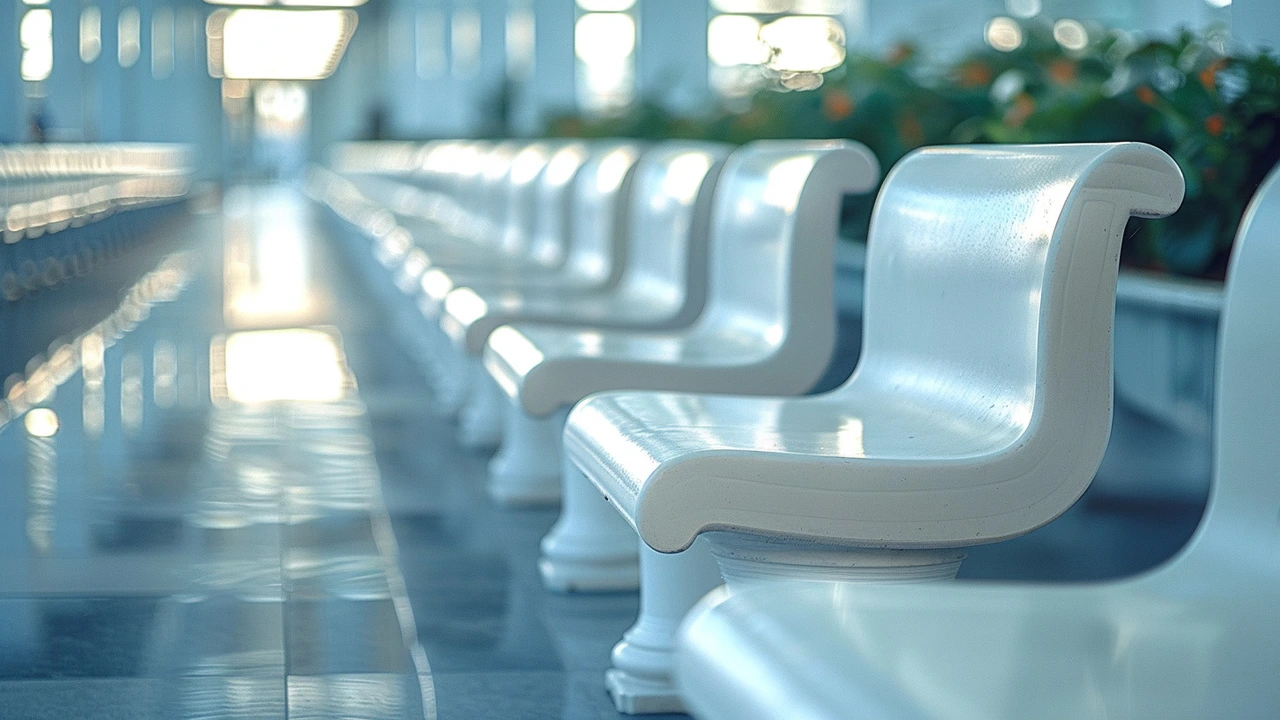Sustainable building: Practical tips to make your home greener
A surprising fact: buildings use about 40% of global energy. If you’re fixing up a house or planning a new build, small choices add up fast. This page gives clear, practical steps you can use right now to cut energy, save money, and make a healthier living space.
Start with the envelope. A well-sealed, insulated shell beats fancy systems every time. Seal gaps around windows and doors with weatherstripping and caulk. Upgrade attic and wall insulation to recommended R-values for your climate. Replace single-pane windows with double or low-e glass where you can; simple storm windows help if full replacement isn’t in the budget.
Think passive before active. Orient living spaces and windows to capture winter sun and shade them in summer. Add overhangs, awnings, or deciduous trees to reduce cooling needs. Use thermal mass like concrete or tile floors in sunlit rooms to smooth temperature swings.
Quick, low-cost changes
Switch to LED bulbs and smart timers to cut lighting costs by up to 75%. Install a smart thermostat and set a simple schedule—no need to overthink it. Swap standard showerheads for low-flow models and fix leaks; a steady drip wastes gallons. Add faucet aerators and consider a on-demand (tankless) water heater for small households.
Choose efficient systems wisely. If your HVAC is older than 10 years, replacing it with a high-efficiency model pays off faster than you think. When buying appliances, look for ENERGY STAR ratings. Balance upfront cost with expected energy use; a slightly pricier fridge that uses less power can save hundreds over its life.
Design and materials that last
Use durable, low-maintenance materials. Fiber-cement siding, metal roofing, and cement board hold up and cut lifecycle costs. Salvaged or reclaimed wood reduces waste and adds character. For insulation, consider cellulose or recycled denim for a greener choice. Avoid materials with strong VOCs; pick low-VOC paints and sealants to protect indoor air.
Water and landscape matter. Capture rainwater for irrigation with a simple barrel system. Plant native, drought-tolerant species to reduce watering needs. Permeable pavers let rain soak in instead of running off, easing strain on drains.
Measure, not guess. Add basic monitors: a home energy monitor, a humidity sensor, and a CO detector. Track bills before and after upgrades to see what actually works for your house.
Finally, consider certifications if you want proof: Passive House focuses on energy, while LEED covers broader sustainability. They cost more, but following their checklists can guide smart decisions even if you don’t certify.
Look for rebates and incentives from utilities and local programs—insulation, heat pumps, and solar often qualify. Group-buy programs and discounts cut costs. Calculate payback: add installation plus maintenance, then compare to expected annual energy savings to see how many years before you break even.
Small choices add up. Pick a few actions that fit your budget, measure the results, and build from there. You’ll cut utility bills, boost comfort, and make a home that’s kinder to the planet.

Innovative Recycling Initiative: Turning Plastic Waste into Sustainable Sidewalks
In a groundbreaking move, Japanese toilet manufacturer Lixil Corp introduces 'Revia', a revolutionary building material blending recycled plastic with wood chips. Aimed at replacing traditional concrete or wood in outdoor infrastructures like sidewalks and benches, Revia promises to significantly reduce plastic waste.




